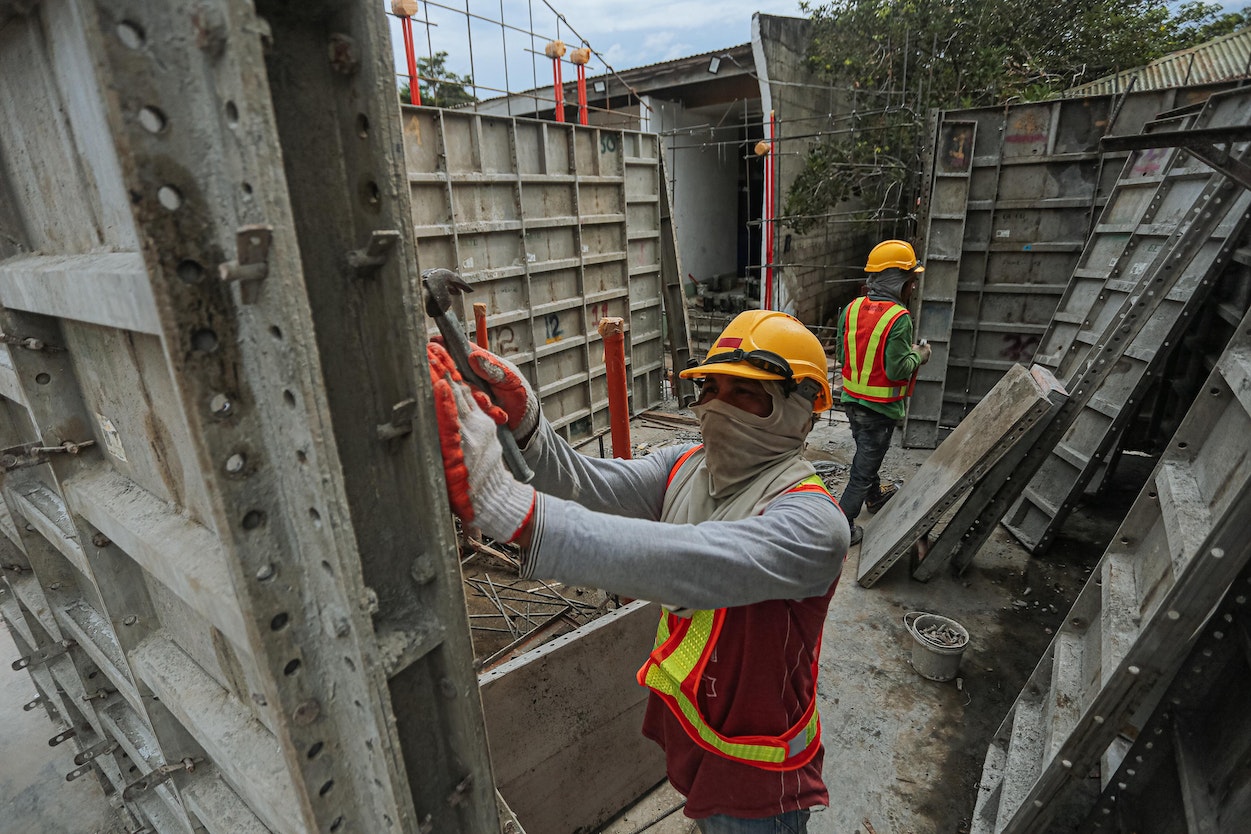Surety Bond Professionals is a family owned and operated bonding agency with over 30 years of experience. With access to a broad range of surety markets, our expert agents are ready to assist with all of your construction bond needs.
The Construction Labor Shortage
Construction costs in general have been climbing for several years. Labor costs are not the only factor contributing to the increase, but they top the list, followed closely by the cost of materials. The shortage of labor, particularly skilled labor, has been described as the single greatest challenge construction companies face and is largely responsible for driving up construction labor costs.
The reality is that there simply are not enough construction workers to meet the current demand. In fact, there are roughly twice as many job openings as people seeking construction jobs. Surveys reveal that 70% of contractors consider their staffing low relative to their backlogs.
While there has been a construction labor shortage for years, it has grown with the easing of Covid-19 precautions and the passage of the Infrastructure Improvement and Jobs Act. The Home Builders Institute estimated in 2022 that more than 61,000 new hires would be needed each and every month to keep up with industry growth and workforce attrition, for a staggering total of 2.2 million new hires from 2022 through 2024.
The Labor Shortage Drives Labor Cost Increases
Construction companies are trying to meet the labor shortfall in a number of ways—by recruiting and hiring more women and minorities, providing onsite training for new construction workers, recruiting graduating high school seniors, offering signing bonuses and attractive benefits, and paying premium wages, for example.
Paying premium wages is not a new strategy for construction companies. With companies competing for a shrinking pool of skilled construction labor, they have been paying wages higher than those commanded in other sectors—at least they were before inflation spiked in 2022. With employers in other sectors offering wage gains above inflation, construction companies were forced to follow suit.
In May of 2022, production and nonsupervisory employees in construction were earning an average hourly wage of $32.19, an increase of 6.3% over the same point in 2021 and nearly 18% higher than the average hourly wages in other economic sectors. Construction wages will likely continue to rise to maintain an advantage over industries in the competition for unskilled labor.
With continued upward pressure on wages in response to the increased cost of living and the labor shortage, an overall increase of 5-7% increase in construction labor costs is anticipated in 2023.
Impact of Higher Construction Labor Costs
Paying more for unskilled labor doesn’t necessarily increase productivity, but it definitely eats into construction profit margins. At some point, contractors are forced to pass their increased labor costs along to project owners. At the same time, overall construction costs are trending upward due to the high prices of building materials, significant inflation, and interest rate increases. A number of construction cost indexes are used to track increases and decreases in construction costs by geographic location, type of construction (commercial or residential, single-family homes or multifamily, etc.), and other dimensions. As of this writing, major construction cost indexes are trending upward.
Higher bid prices, construction backlogs, and the increased cost of financing will likely impact new construction starts through 2023 and beyond. One particular concern nationwide is the impact of higher construction costs on housing affordability, exacerbating what is already regarded as an affordable housing crisis.
Impact on Construction Bond Claims
It’s essential for contractors to accurately estimate labor costs when bidding on projects. Underestimating labor costs and/or project duration can be disastrous.
The potential for significant delays in completing construction projects already underway can result in delay claims when project owners believe their contractor is responsible for the resulting financial losses. If delay analysis attributes the loss to the contractor’s labor issues—for example, inadequate number of workers or quality problems requiring rework—the project owner’s delay claim may be valid, and the contractor will be legally obligated to pay it. In extreme cases, higher than estimated labor costs can cause cash flow problems severe enough for a contractor to become insolvent and default on the contract.
Call Us Today
Our surety bond professionals will help you grow your revenue by maximizing your surety capacity. Call us today!





